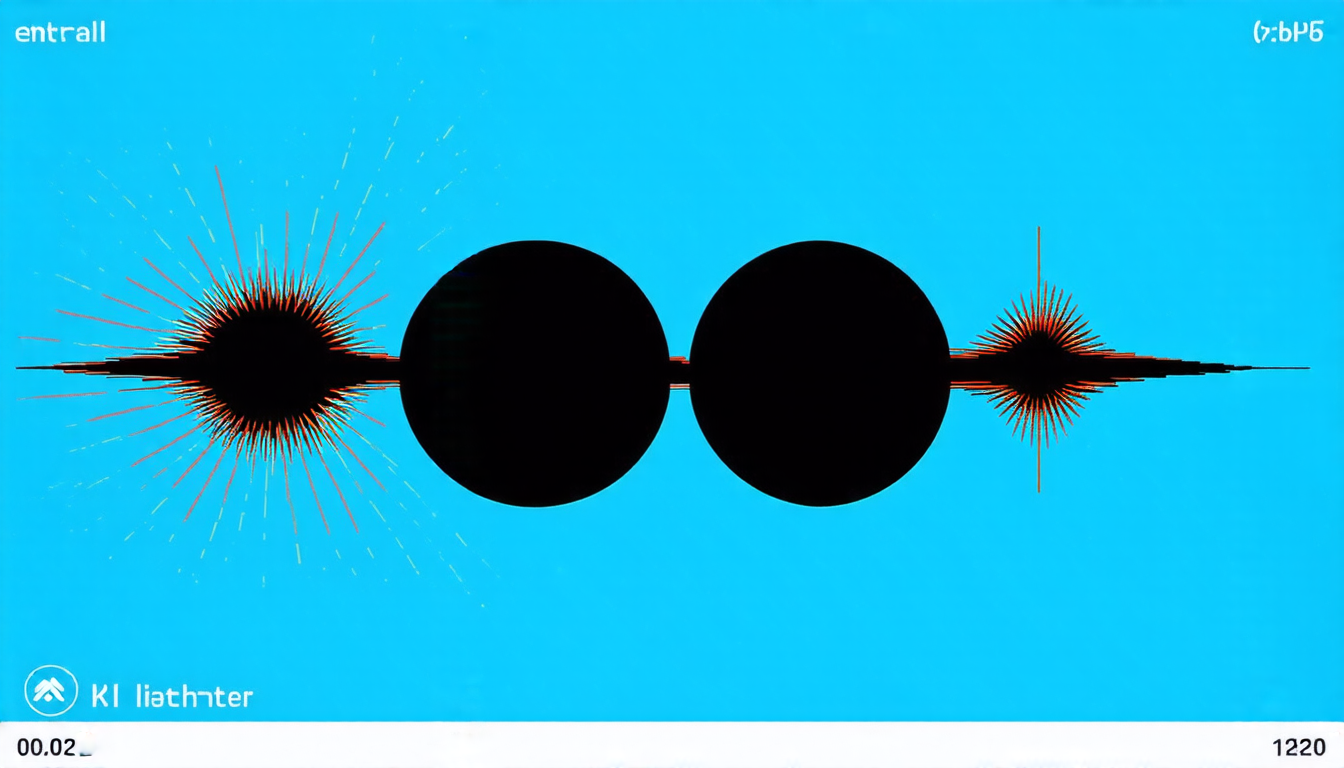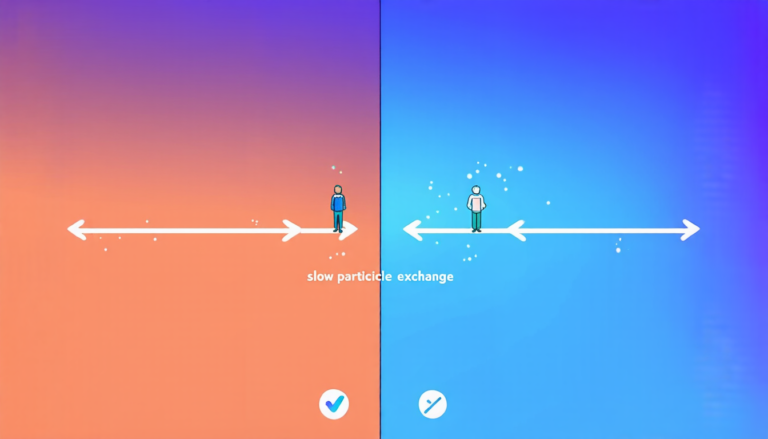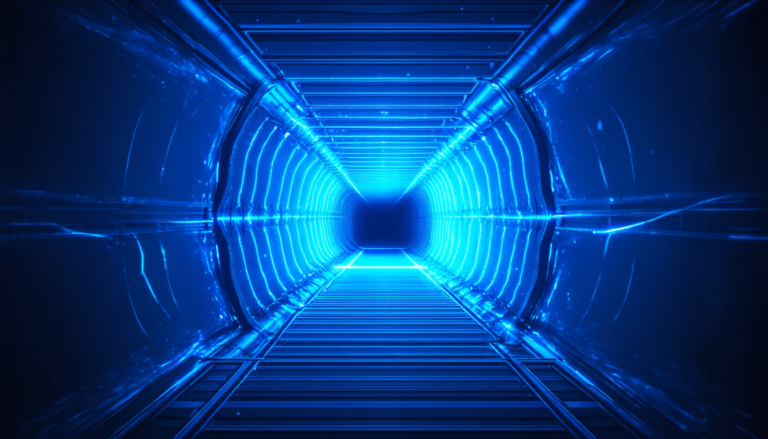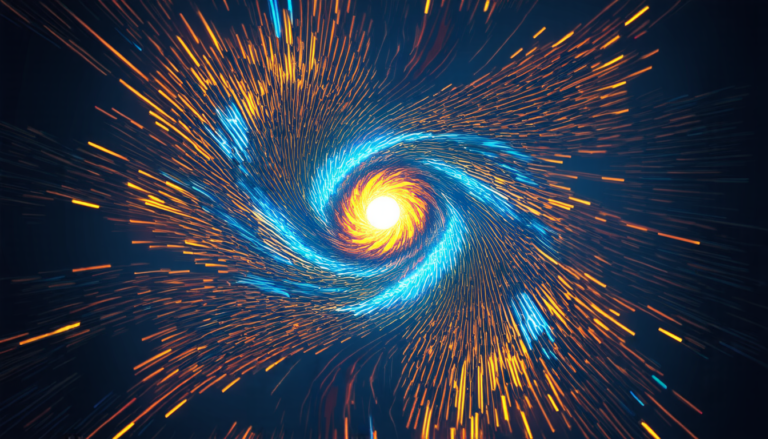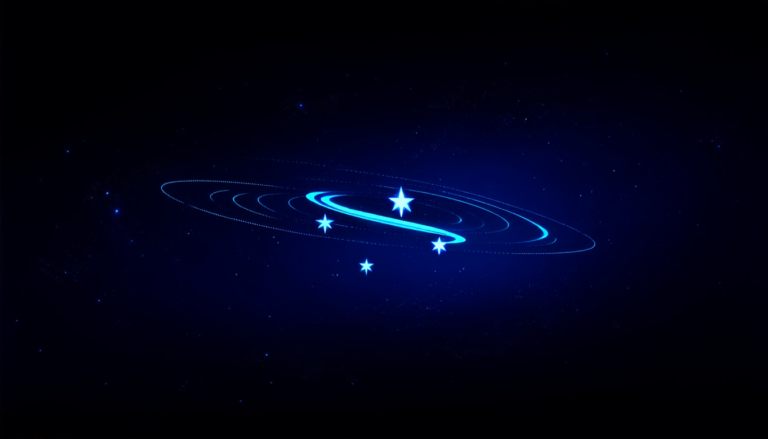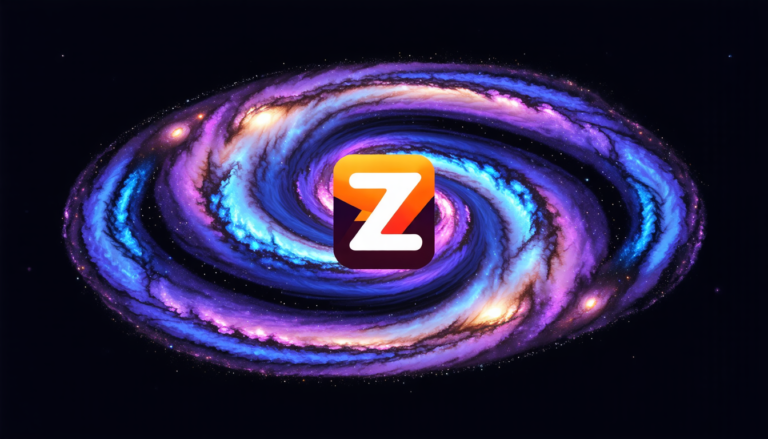Thursday 31 July 2025
A new study has shed light on a crucial aspect of gravitational wave astronomy, revealing that inaccurate modeling of ringdown signals can lead to biases in the detection and analysis of massive black hole mergers.
Gravitational waves are ripples in the fabric of spacetime produced by violent cosmic events, such as the merger of two black holes. The Laser Interferometer Gravitational-Wave Observatory (LIGO) and its partner detector Virgo have been instrumental in detecting these waves since their first direct observation in 2015.
One of the key challenges in analyzing gravitational wave signals is modeling the ringdown phase that follows the merger. This is the period where the merged black hole settles into a stable configuration, emitting damped oscillations as it does so. However, current models of this process are incomplete and rely on simplifying assumptions.
Researchers have now used advanced numerical simulations to investigate the impact of these limitations on our understanding of massive black hole mergers. By studying the ringdown signals produced by binary black hole systems with masses similar to those expected in LISA observations, they found that incomplete modeling can lead to significant biases in the inferred source parameters.
The study revealed that at least three to six modes are required to accurately describe the ringdown signal for typical binary black hole systems. Higher-mass systems may require even more modes to avoid parameter biases. These findings have important implications for future LISA observations, where accurate modeling of ringdown signals will be crucial for understanding the properties of massive black hole mergers.
The researchers also explored the impact of waveform truncation on the analysis of gravitational wave signals. Waveform truncation refers to the practice of limiting the number of modes used in a model to reduce computational complexity. While this simplification can improve computational efficiency, it can also introduce biases into the analysis.
By analyzing the effects of waveform truncation on ringdown signals, the study highlighted the need for careful consideration of these limitations when interpreting gravitational wave data. The results suggest that researchers must balance the trade-off between computational efficiency and accuracy to ensure reliable inferences about massive black hole mergers.
The study’s findings have significant implications for the development of advanced gravitational wave detectors like LISA, which will be capable of detecting even fainter signals from distant cosmic events. By improving our understanding of ringdown signals and waveform truncation, researchers can refine their models and reduce biases in the analysis of massive black hole mergers.
Cite this article: “Inaccurate Modeling of Ringdown Signals in Gravitational Wave Astronomy”, The Science Archive, 2025.
Gravitational Waves, Ligo, Virgo, Black Holes, Ringdown Signals, Numerical Simulations, Binary Black Hole Systems, Laser Interferometer Gravitational-Wave Observatory, Massive Black Hole Mergers, Waveform Truncation

